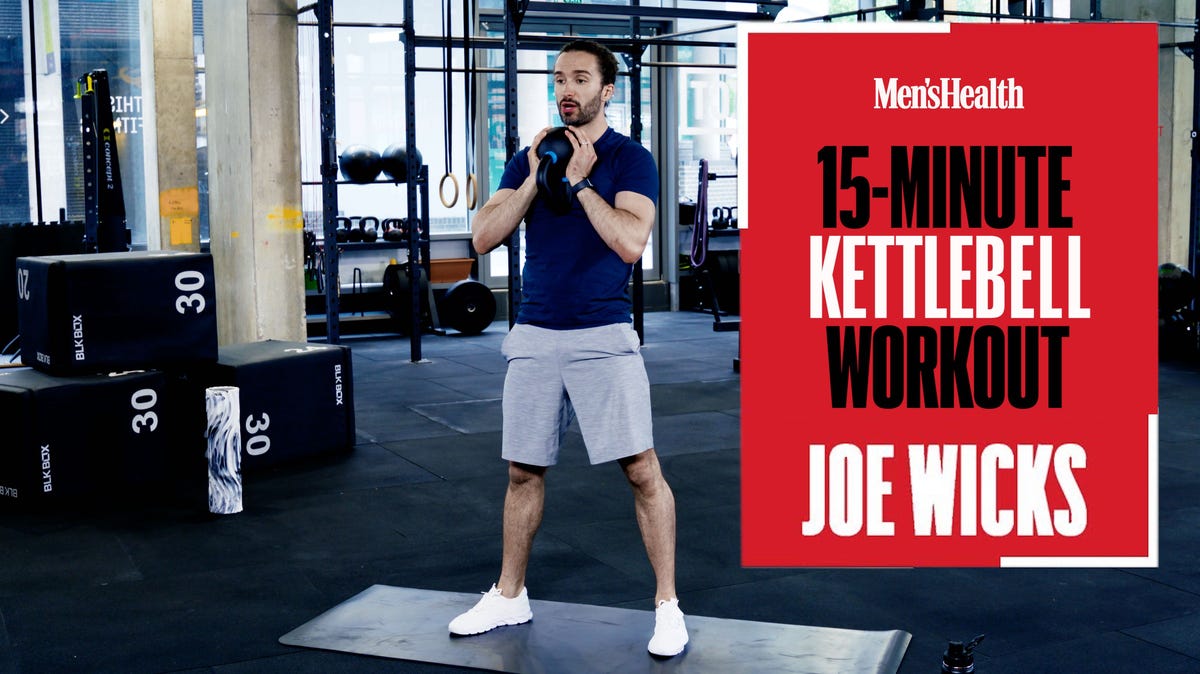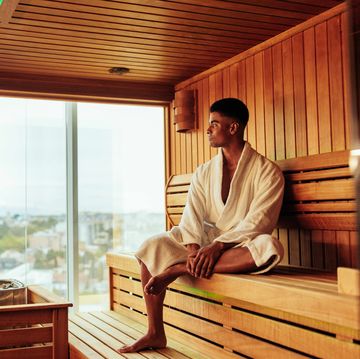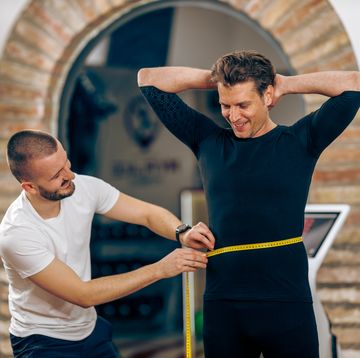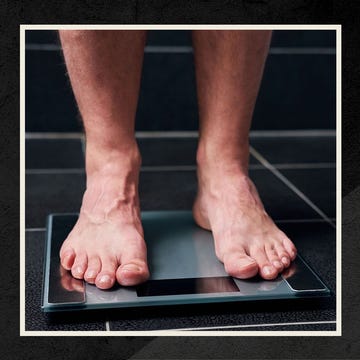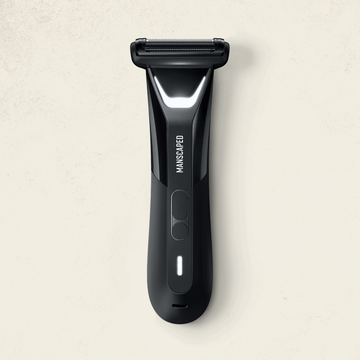If elite athletes look like they're flying down the track, it's because they practically are, according to University of Michigan researchers. Sub-four-minute mile runners spend less time on the ground compared to their non-elite counterparts, their study found.
The team asked 10 male elite-level athletes and 10 highly-trained athletes to run on a treadmill at different speeds, so they could measure their 'bouncing behaviour' – which describes the underlying spring-like physics of running. The treadmill was fitted with a pressure plate beneath the belt, revealing how much time the runners spent in the air.
When running, muscles and limbs coordinate to act like a giant pogo stick – called a 'spring-mass' system in biomechanics. The muscles, tendons and ligaments interact to recycle energy from step to step, explains Geoff Burns, an elite runner and postdoctoral researcher at the University of Michigan Exercise & Sport Science Initiative.
'In general, the elite runners were 'stiffer' spring-mass systems with steeper impact angles– think of stiffer, more upright pogo sticks,' Burns said. 'Across various speeds, the elites had similar stride lengths and stride frequencies as highly trained runners, but elites spent more time in the air and less on the ground, especially at the lower speeds. With their 'stiffer' spring behaviour on each step, they may be better recycling that gravitational energy from the time in the air to quickly and efficiently bounce along, step-to-step.'
Before you go bounding off into the sunset, however, a warning against attempting to emulate those elite characteristics. 'Broadly speaking, when we run, our bodies choose the movement patterns that tend to be most efficient and safest for us at that time,' Burns explains. 'Moreover, because these are 'system' characteristics, trying to exert conscious control over a continuously changing coordination of components is a recipe for trouble.'
That's not to say you're totally powerless over your stride, though. 'Things like resistance training for the lower limbs are known to increase leg stiffness, and even incorporating plyometric drills can help with this,' he continues. 'Even something as simple as running on different surfaces – pavement vs. grass vs. dirt – will force you to change your body's bouncing stiffness. Simply put, challenging your body to interact with the ground differently will likely promote some sort of beneficial adaptation, if dosed responsibly.'

